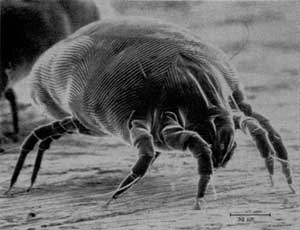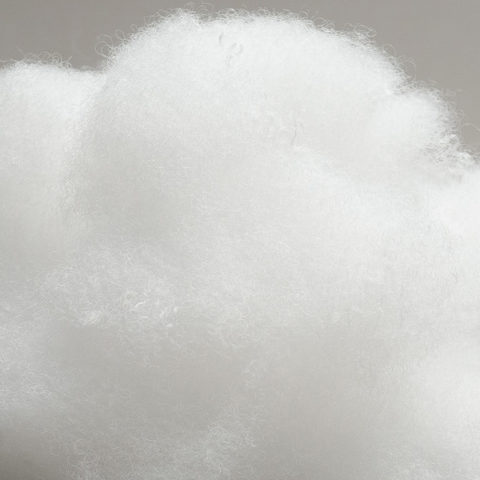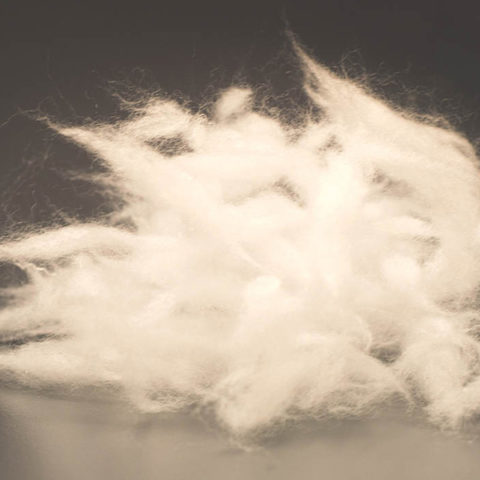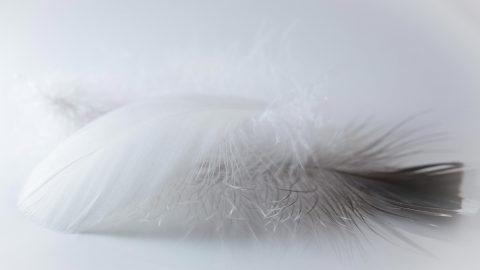
Google searches for “down alternative pillow” are growing. There are many different types of down alternative pillows. Many of the most popular types are filled with a unique filling, called gel fiber. What’s so interesting about a gel fiber pillow?
Gel fiber is a type of “micro denier” made from synthetic polyester. Denier refers to the thickness of the fibers. Gel fibers are, simply put, very thin synthetic fibers. They were designed specifically to mimic the properties of duck down.
Traditional down pillows are already popular for a lot of reasons. They’re durable (if you take good care of them), moldable/malleable, work well for most sleeping positions, AND they’re biodegradable.
It’s hard to complain with a list of benefits like that! Or is it?
Haters gonna hate! Down pillows are:
- expensive. Harvesting high-quality down from birds is a labor intensive job that will cost you.
- difficult to clean. I’ve managed to destroy several pillows and at least one comforter in my washing machine. Proper cleaning can be a bit tedious.
- made from animals! Yes you heard it here first, folks: down feathers don’t grow on trees. Thus, those who are concerned with animals’ well-being, should be aware that purchasing down products may result in the poor treatment of animals.
Gel fiber pillow filling attempts to mimic down’s advantages while improving upon some of down’s disadvantages.
Gel fiber pillows compete on:
- price. They’re far cheaper than genuine down.
- durability. While a good down pillow can last a very long time if cared for properly, most gel fiber pillows are very easy to clean without damaging them.
- a supposed “hypoallergenic” quality that’s superior do traditional down. Hmmm…

Get out of our pillows!
How common are down allergies?
While researching down’s disadvantages, I discovered that a lot of these gel fiber pillows are sold on allergy fears. That’s usually misguided.
People frequently mistakenly blame allergic reactions on a down pillow. Genuine feather allergies are actually quite rare. As it turns out, most reactions can actually be attributed to dust mites or mold. That’s true of any pillow type, however. Pillows generally become more allergenic with age.
Read More: A Hypoallergenic Pillow Should Be Judged with Skepticism
Hypoallergenic claims don’t carry much water.
That’s because there is no regulation in the United States that defines or governs the use of the term. As a result, hypoallergenic pillows can be advertised with impunity. Pillows that are no better or worse at resisting allergens are labeled hypoallergenic without consequence.
A medical dictionary provides a somewhat vague definition:
“Hypoallergenic” – Adjective
A term applied to a preparation in which every possible care has been taken in formulation and production to ensure minimum instance of allergic reactions. Blakiston’s Medical Dictionary
Has “every possible care been taken,” to prevent allergic reactions in a gel fiber pillow? That’s hard to know…
Unless you’re aware that you’re allergic to real down filling, just ignore the salesmen’s mumbo-jumbo.

Can this petrochemical plant help you sleep better?
Unfortunately almost all gel fiber pillows are made with potentially harmful petrochemicals.
We won’t be recycling these pillows. The polyester fibers will sit in landfills, taking as long as 200 years to biodegrade.
What’s more, polyester products are manufactured using dangerous pollutants that are dangerous to both the environment and human health.
There are other down alternative filling varieties, each with its own unique characteristics.
I waded through tons of product descriptions and researched all the trademarked names. It turns out that, unlike other pillow fillings, the down alternatives aren’t very consistent. One pattern was clear however… It appears that the most popular options (also the cheapest) are stuffed with traditional polyester fiberfill.

Traditional Polyester Fiberfill
Also known by its trademarked name, Poly-Fil™, polyester fiberfill is the cheapest and perhaps most prevalent filling used in down alternative pillows. You know these pillows — they’re the flat pillows from your spare bedroom… The bags of lumpy filling that 80s moms thought were good enough.
Down alternative pillows made with polyester fiberfill:
- don’t last long due to issues with the fill clumping and flattening out.
- retain more heat than traditional down pillows.
- aren’t malleable/moldable.

PrimaLoft™
On the other hand, we have new synthetic microfiber pillow fillings. These are far superior to polyester fiberfill. Many have trademarked names like PrimaLoft™, Spira™ or LiquiLoft™. Other varieties are stuffed with a more generic sounding “gel fiber filling.”
It’s a bit simplistic to group these these microfibers together, because each does seem quite unique. What’s clear is that they’re all far more durable, compressible, breathable and malleable than traditional polyester fiberfill.
Shopping for the best down alternative pillow isn’t easy.
It’s difficult to tell which pillows contain the cheap polyester fiberfill vs. something filled with technologically advanced microfibers.
I shopped around at Amazon and purchased two different down alternative pillows. One pillow’s filling was called “gel fiber” and the other cheaper model’s was a “virgin polyester fiber.” I really didn’t know what to expect, but I assumed the cheaper one was probably just filled with traditional lame polyester fiberfill.
My new gel fiber pillows arrived.
First, let me mention that they didn’t smell bad! Often I’ve received pillows that emit a powerful chemical “off-gassing” odor. Memory foam pillows are the worst culprits. These down alternative pillows had absolutely no discernible odor.
The “virgin polyester” filled pillow was just as expected. Filled with traditional polyester fiberfill, it was not impressive.
The gel-fiber pillow, however, was much more interesting.
I’d bought a strange pillow that was “gel-infused” once before. It supposedly would keep me cool (it didn’t). This gel pillow was something else entirely. It didn’t contain any funky blue liquids. It was filled with tiny gel-fibers, apparently each much thinner than a human hair and made with 100% polyester.
I didn’t expect much, but it was surprisingly comfortable. It was breathable and comfortable, although I noticed immediately that it was less moldable, or malleable than traditional down pillow filling.
Additionally, the high quality down alternative fillings seem just as breathable and cool as traditional down. And they’re obviously far more breathable and cool than both memory foam and polyester fiberfill.
The deal breaker for me was the lack of malleability.
No matter how I’d scrunch or squeeze the pillow, it’d bounce back to its original shape. I couldn’t quite get it to feel right when I curled onto my side to go to sleep. the soft filling pressed uncomfortably against my face and no readjustment seemed to help.
The higher-quality down alternative pillows are not bad products. They’re cheap and are far better than the polyester fiberfill pillow my mom bought for me in 1984.
I think there are better pillows to be had. Genuine down pillows for example! I think the only genuine advantage that the down alternatives have is price and ease of cleaning. Real duck down is superior in every other way




